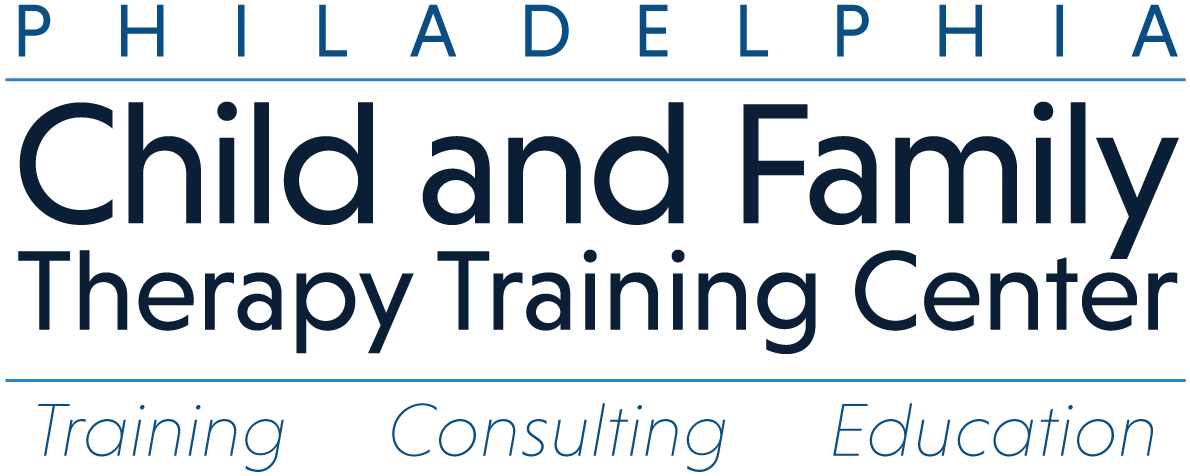
Strengthening Family Bonds with Systemic Family Therapy
In today’s fast-paced world, families often struggle to stay connected. Between work, school, and countless responsibilities, meaningful family time can slip away. Systemic Family Therapy (SFT) provides a powerful framework for helping families strengthen their relationships by addressing patterns of interaction, improving communication, and fostering connection.
What is Systemic Family Therapy?
SFT views family dynamics as an interconnected system rather than a collection of individuals with separate problems. Instead of focusing solely on one person’s challenges, this approach looks at how relationships, communication styles, and emotional responses influence family interactions. The goal is to create lasting change by shifting these dynamics in a way that benefits everyone.
The Power of Family Rituals: A Pizza Night Example
One of the most effective strategies in SFT is reinforcing positive patterns through rituals and traditions. Consider the Johnson family, who have made Friday nights their sacred “Pizza Night.” Every week, no matter how hectic their schedules, they gather around the table to make homemade pizzas together. For them, this tradition is more than just a meal—it’s a space for connection, laughter, and problem-solving.
Recently, tension had been growing between the teenage siblings, Emma and Jake. Their constant bickering was causing stress for the entire family. During a session, their therapist helped them recognize how their unresolved frustrations were spilling over into family interactions. Rather than focusing on who was “right” or “wrong,” the therapist encouraged the family to use Pizza Night as a space to practice active listening and mutual appreciation.
The next Friday, they introduced a new tradition: each family member had to share one thing they appreciated about someone else at the table before eating. Over time, this small shift helped Emma and Jake see each other in a new light, reducing their conflicts and strengthening their bond.
Creating Lasting Change
Systemic Family Therapy helps families recognize the power of their interactions. By using everyday moments—like Pizza Night—to foster deeper understanding, families can break negative cycles and build stronger, more supportive relationships.
Want to learn more about how to create positive changes in your family? Consider exploring SFT techniques and incorporating small, meaningful rituals into your routine!
#FamilyTherapy #SystemicTherapy #StrengtheningFamilies #ParentingTips



Leave a Reply